I am the urban tourist
by on 16.09.2013
Whether the megacities of New York, London and Shanghai or the small Spanish town of San Sebastián, urban tourists like myself are looking for the experiences which present the essence of the city: liveability made real, if only in part, for just a few days.
I have become quite obsessed with observing the city, not through a long lens, but through experiences which allow me to dissect it. For me this means travelling through, across, up, down or between a city, through and in the parks, spaces, cable cars, alleyways, bridges and more.
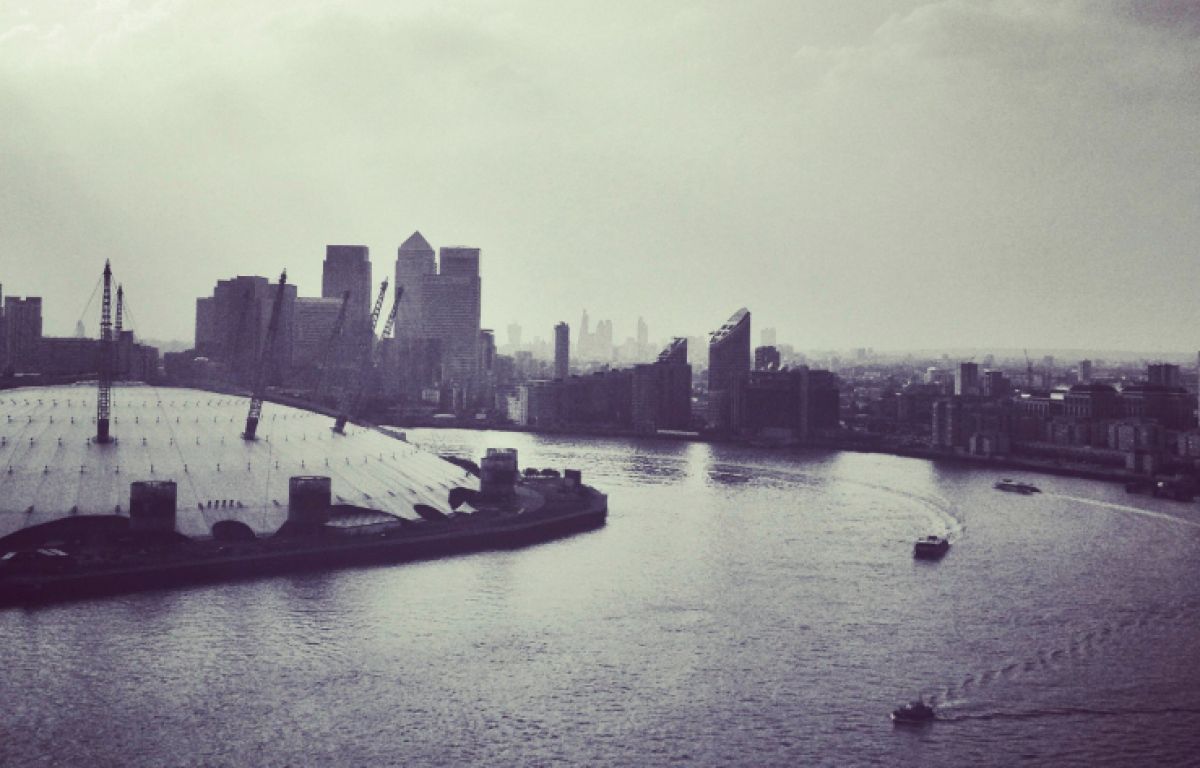
In New York City, I could dissect the city in many ways. Visiting the lowest point of the Federal Reserve Bank building, the highest point on the top of the Empire State and Rockefeller buildings, racing along the Hudson on a speedboat, beholding the visual theatre of the High Line Park.
Seeing the city is important to the urban tourist in a world where we are often being told what to see and where to see it from.
The urban dissection is not a distant concept for Cape Town. Table Mountain provides residents and tourists with a spatial view of the city and the realization that there is “more to Cape Town” as one moves away from the Central City. Which includes the realisation that the city stretches out north, south and east, in a complex puzzle that is largely the legacy of apartheid spatial planning.
For the urban tourist, a great city and travel experience is then a place which offers multiple unique ways to experience and see the city, each of which might contribute towards a better understanding of what it is today and where it has come from. Popular tourist sites are not excluded from this. Tour buses, cable cars, large parks and big wheels each provide a unique perspective and if we look closely enough might even share some new narratives in the process.
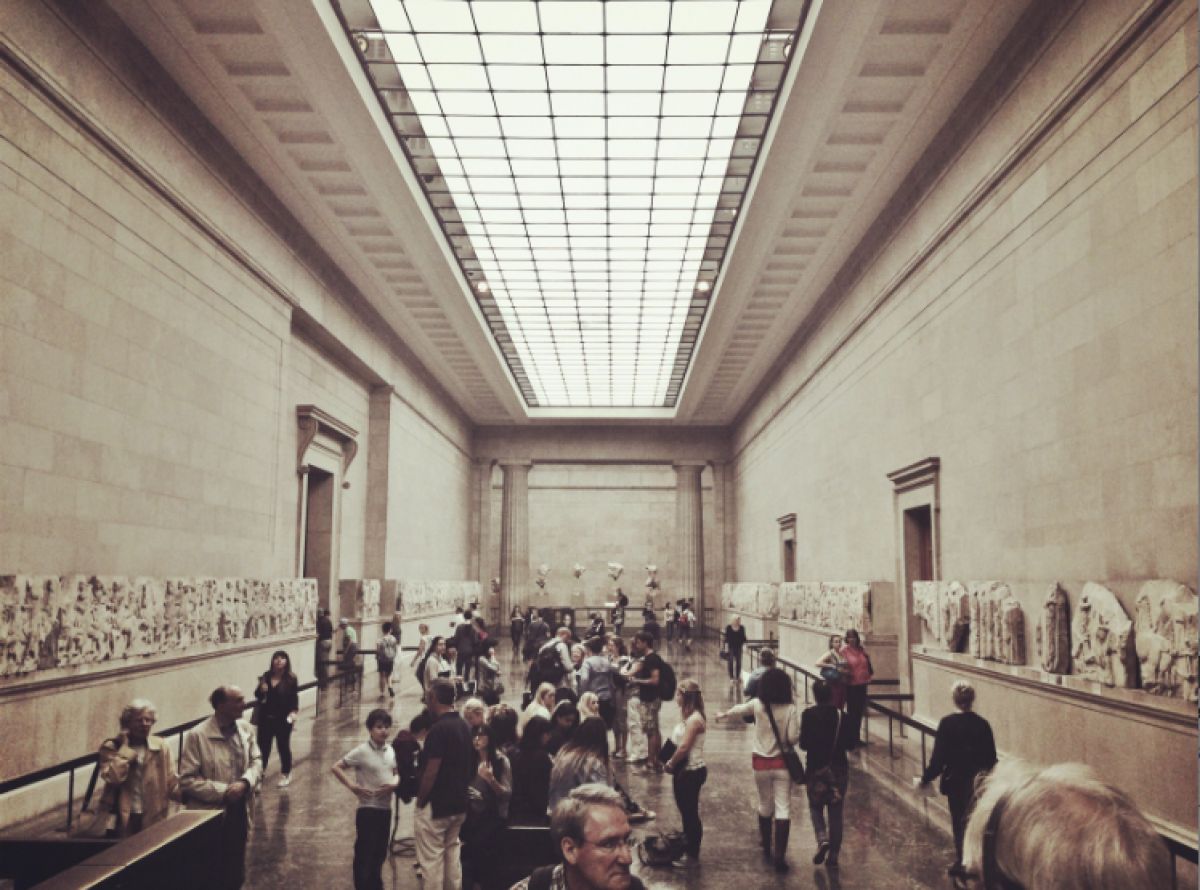
There may be a case for Cape Town to make sure it offers the urban tourist more and more ways to dissect the city. We might not know exactly what these are and some may even surprise us. Do we know the view from a Myciti bus as it passes over Kloof Nek to Camps Bay? Soon many will. The case for urban tourism is interwoven with the urban development of the city and experiences which can showcase this evolving urban dialogue and flux are exciting travelers across the world.
My recent travels to London provided several opportunities to dissect the city, drawing from its past, seeing change in the present and imagining its possible future. London's own stories become even clearer when engaging with the spaces, places, routes and views which form the urban landscape.
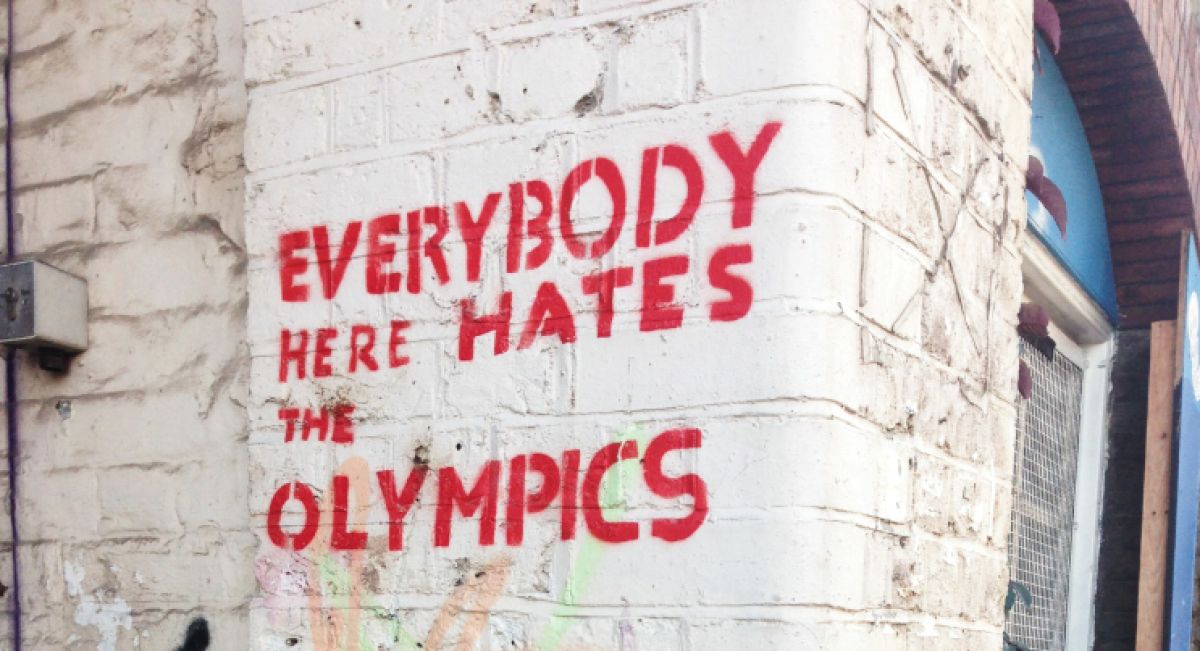
For me, being an urban tourist is not about completing a puzzle, but making sure I can get stuck into it. Dissecting the city is just one way of doing that.
Millenium Bridge
Walking along the banks of the Thames one arrives at the Tate Modern. Even better is the view when leaving the Tate Modern. The Millenium Bridge provides a dramatic viewpoint, visually and physically connecting the mind and the eye to St. Paul’s Cathedral as if people are being elevated towards it. The bridge does more than provide access; it reminds one that architecture between the old and new is made real by a bridge which sits back and lets the urban landscape lead.
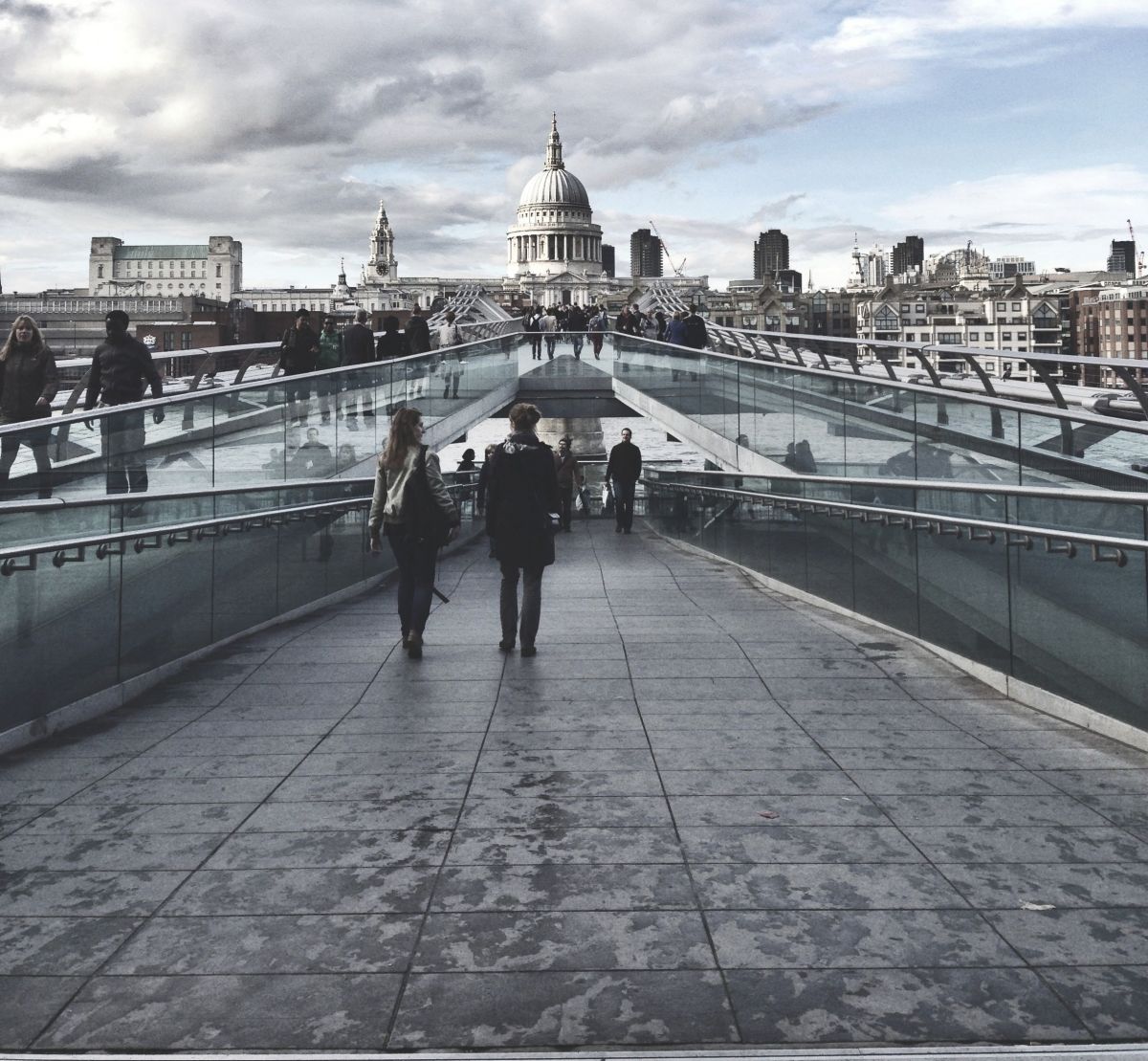
Emirates Cable Car
The Emirates cable car - while some call it a tourism gimmick - provides the urban tourist with a view that encompasses the Olympic Park, the developments around the Royal Victoria docks, the Millenium Dome and Canary Wharf. As it rises, one realises that large parts of the area are still in transition as industrial areas change in use, and that the area around the Millenium Dome remains quite stark, in a similar fashion to its relation to Canary Wharf just across the river.
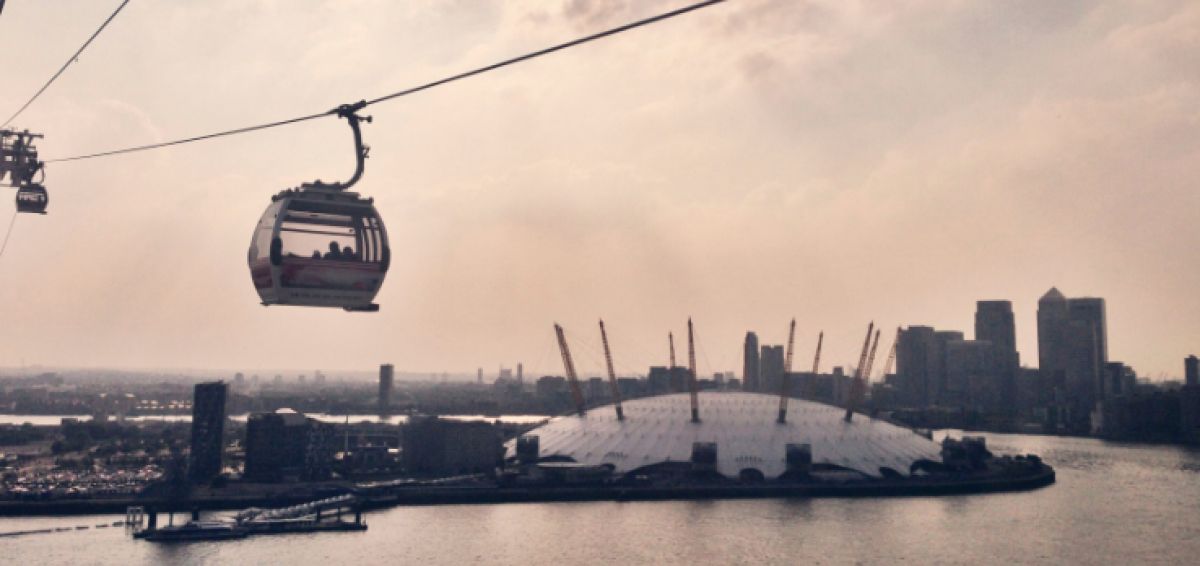
Olympic Park
I spent hours walking through the parts of the Queen Elizabeth Olympic Park which are already open to the public. Walking the length of the park taking in the views of the river, green spaces, public areas, dramatic architecture and Stratford City up ahead, one dissects a part of London which just 8 years ago was the leavings of industry, a contaminated wasteland. While most venues in the park are still closed to the public, a security guard pointed me to a grassy hill, which provided the best vantage point to capture the elegance of the understated Olympic velodrome.
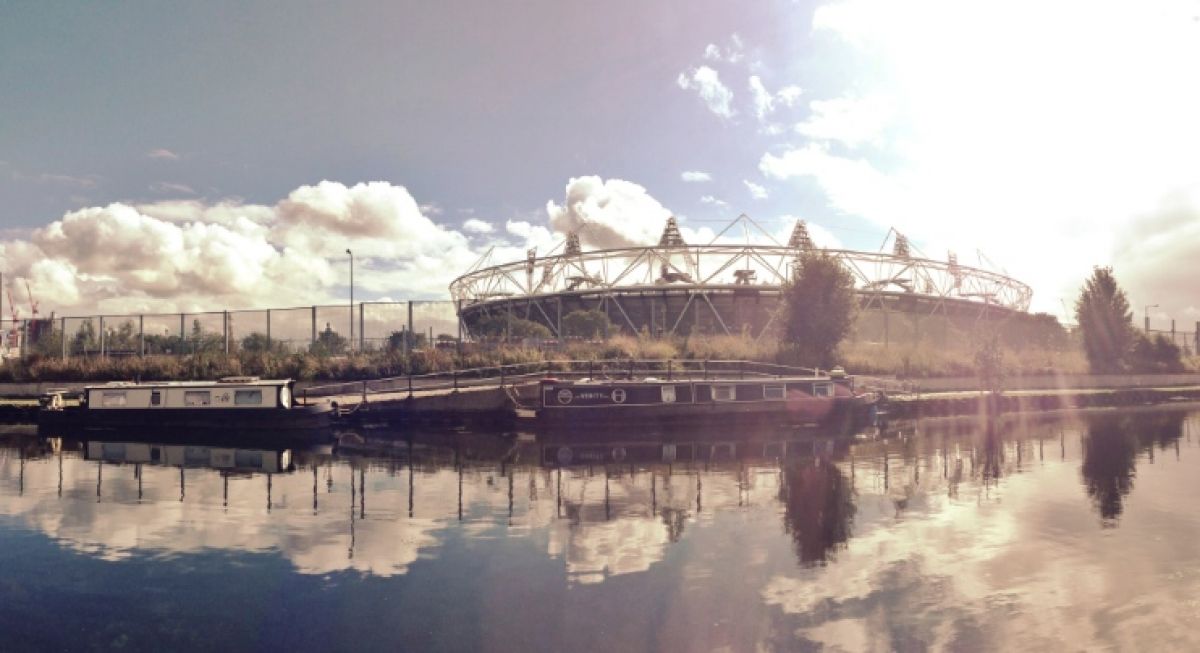
Around the Olympic Park
Dissecting the scale and regeneration efforts of the Olympic Park are best understood on a bicycle cycling around it. Canals, and the network of spaces and narrow cycle- and walkways which form the edge of the park, tell the real story of connecting the Olympic Park with the communities that surround it. One gains a sense of what the Olympic Park feels and looks like to its neighbours, beyond the visitor centres and the park’s own spaces.
In many parts, bridges are literally being built and completed as access points to the park, while developments around the park suggest that the regeneration potential will spread beyond the area which hosted the world’s largest sports event.
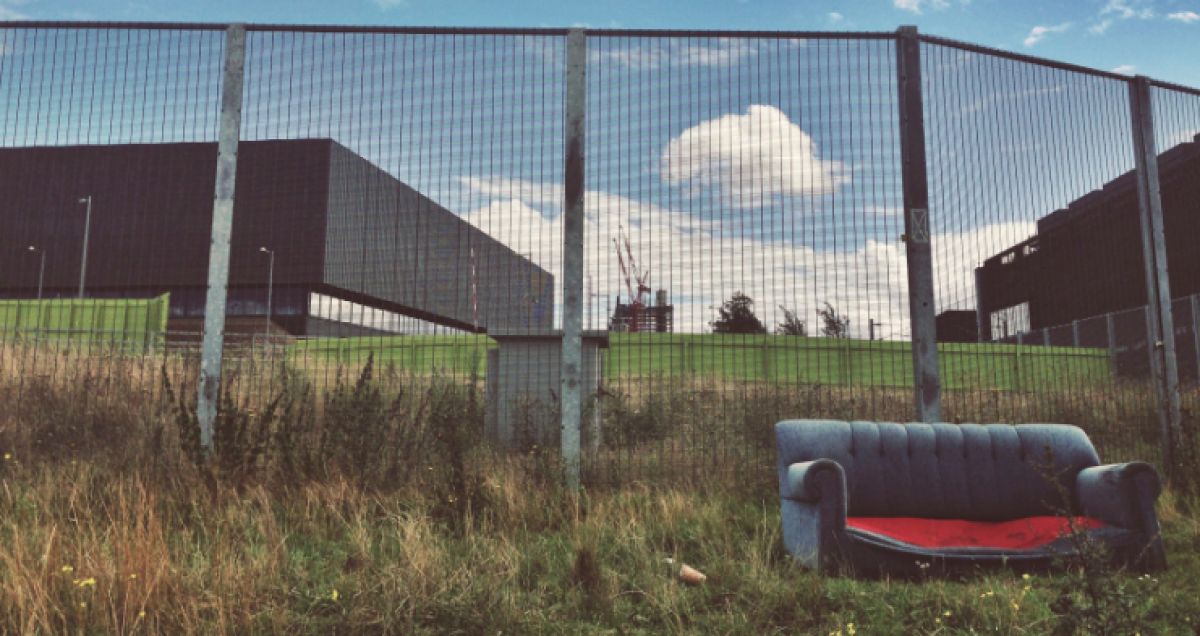
Party on the Thames
What better way than to dissect the city of London than on a boat party down the Thames River? An impromptu invitation to the birthday of a friend of a friend meant that I got to take in the full scale of London, from London Bridge to Battersea Power Station to the new tallest building, The Shard, in just one evening. The Thames, more than being iconic, is a reminder of the origins of London as well as its ongoing development, telling both stories of the past and the future.
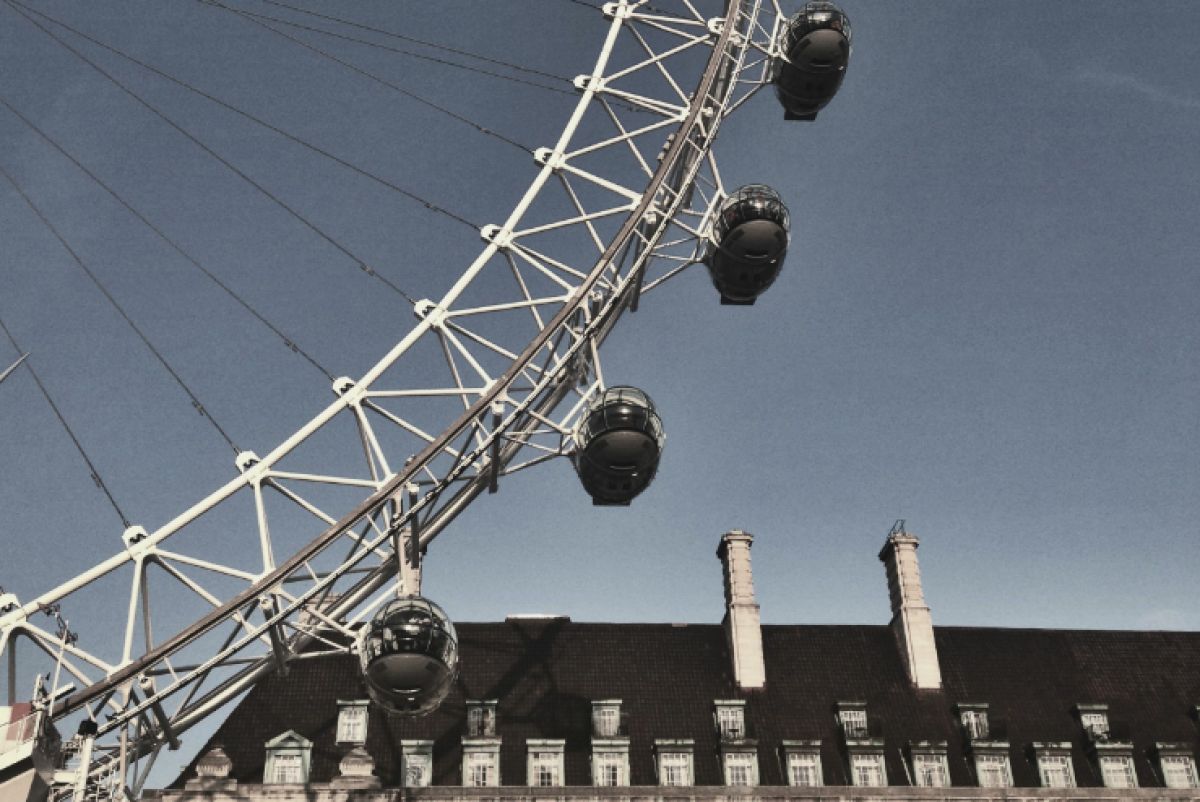
Streets of London
If the Thames provides an opportunity to dissect the city on a metropolitan or urban scale then the streets of London do the same for its communities and neighbourhoods. Street markets across the city, as well as sensible street design, provides an opportunity to slice through the cultures and traditions of its constantly evolving and dynamic communities.
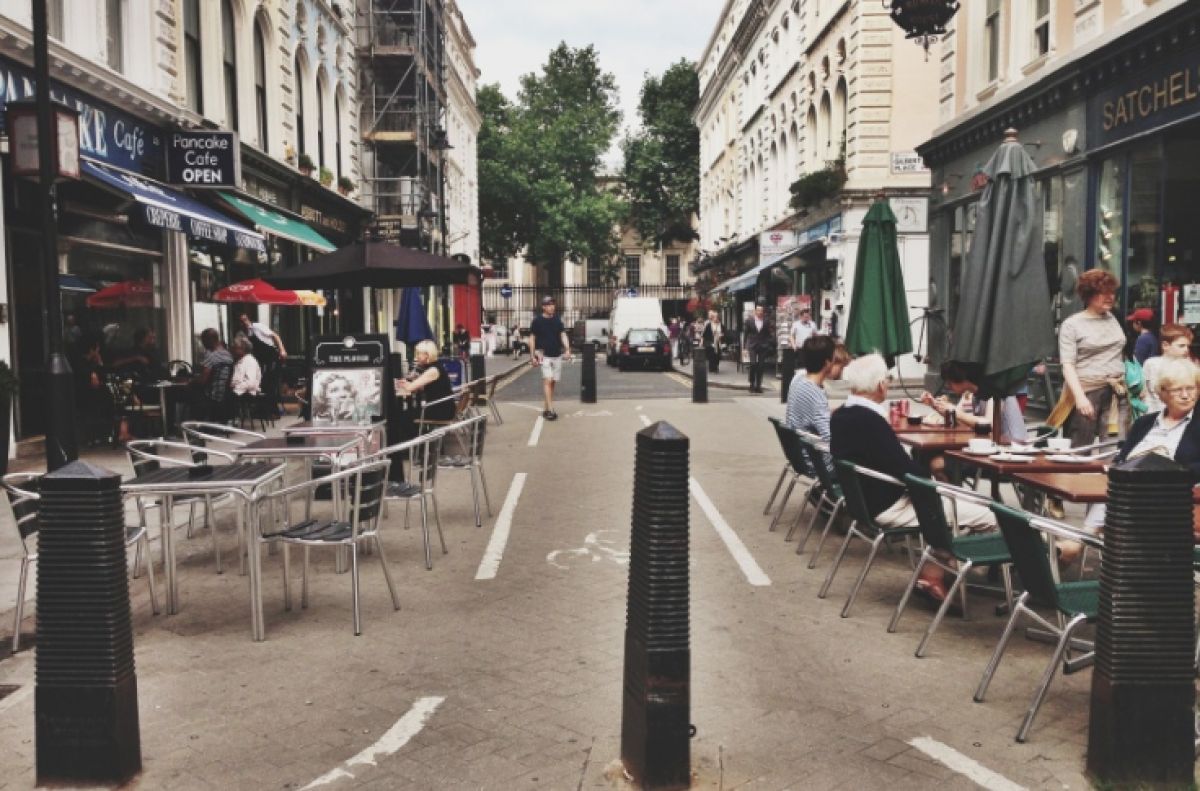
Rashiq Fataar is the founder, Editor in Chief and Managing Director of Future Cape Town, a social media movement and urban consultancy. Follow him on Twitter and Instagram.
Over the next few weeks we are exploring urban tourism through a series of blog posts and thought leadership pieces by Mariette du Toit-Helmbold, Chief Destineer of Destinate, and invited guest bloggers. Read Mariette's thought leadership piece on Cities as the new Super Brands of Destination Marketing. She will be a guest speaker at the UNWTO Global Summit on City Tourism in Moscow on the 19th and 20th of September. Follow us on Twitter and Facebook as we share insights and observations on innovation in destination marketing.